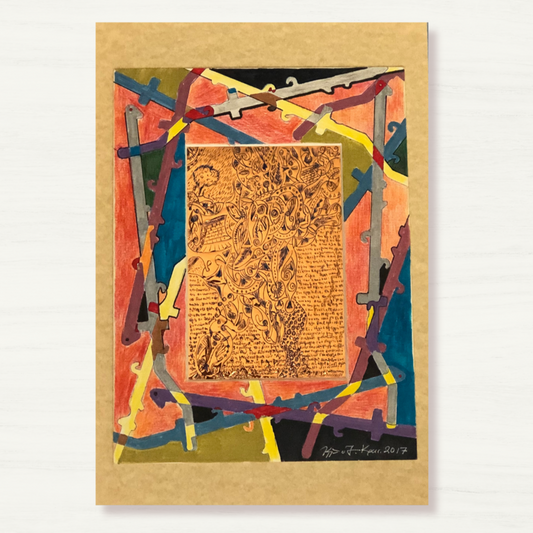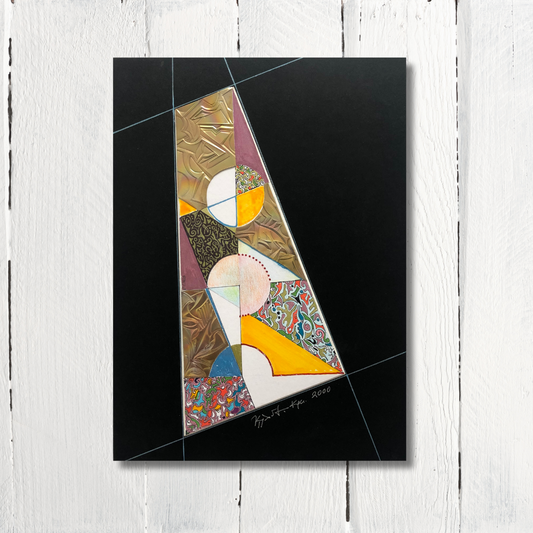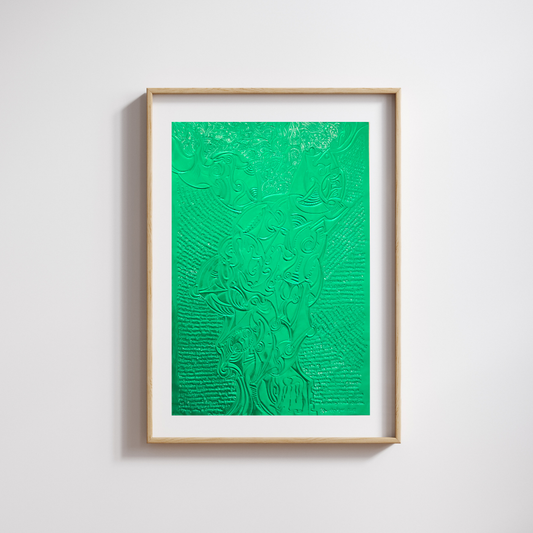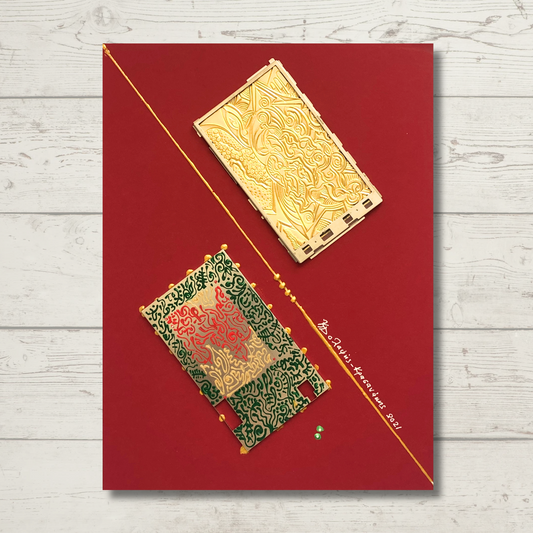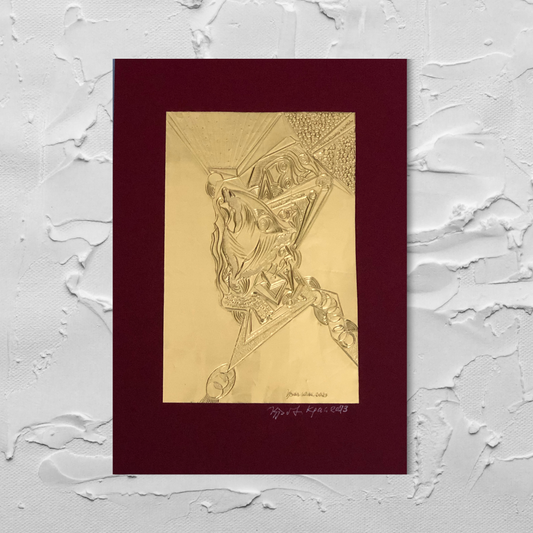master of a metal universe
Kostis Dolapsis-Krasanakis
1
/
of
4
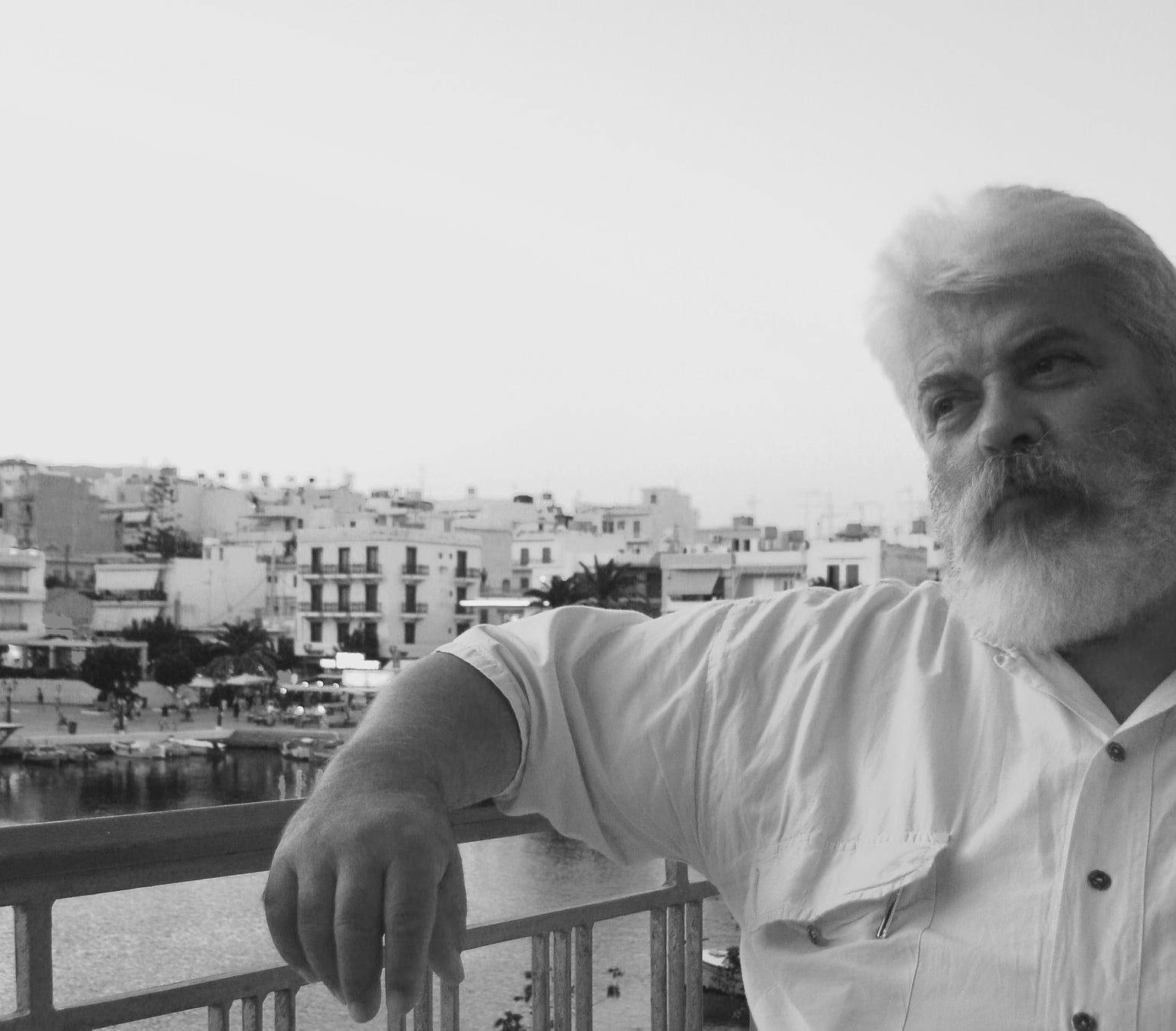
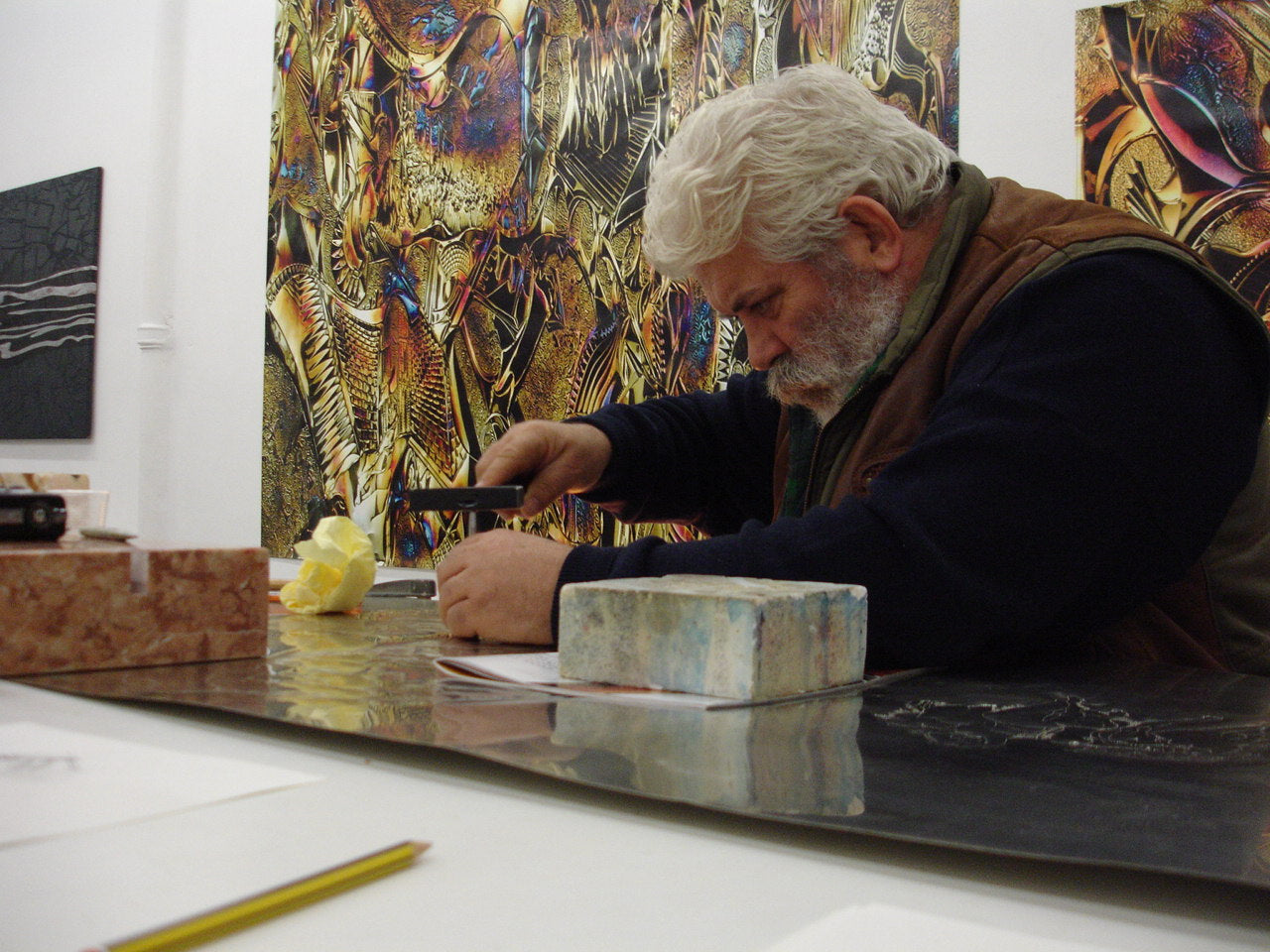
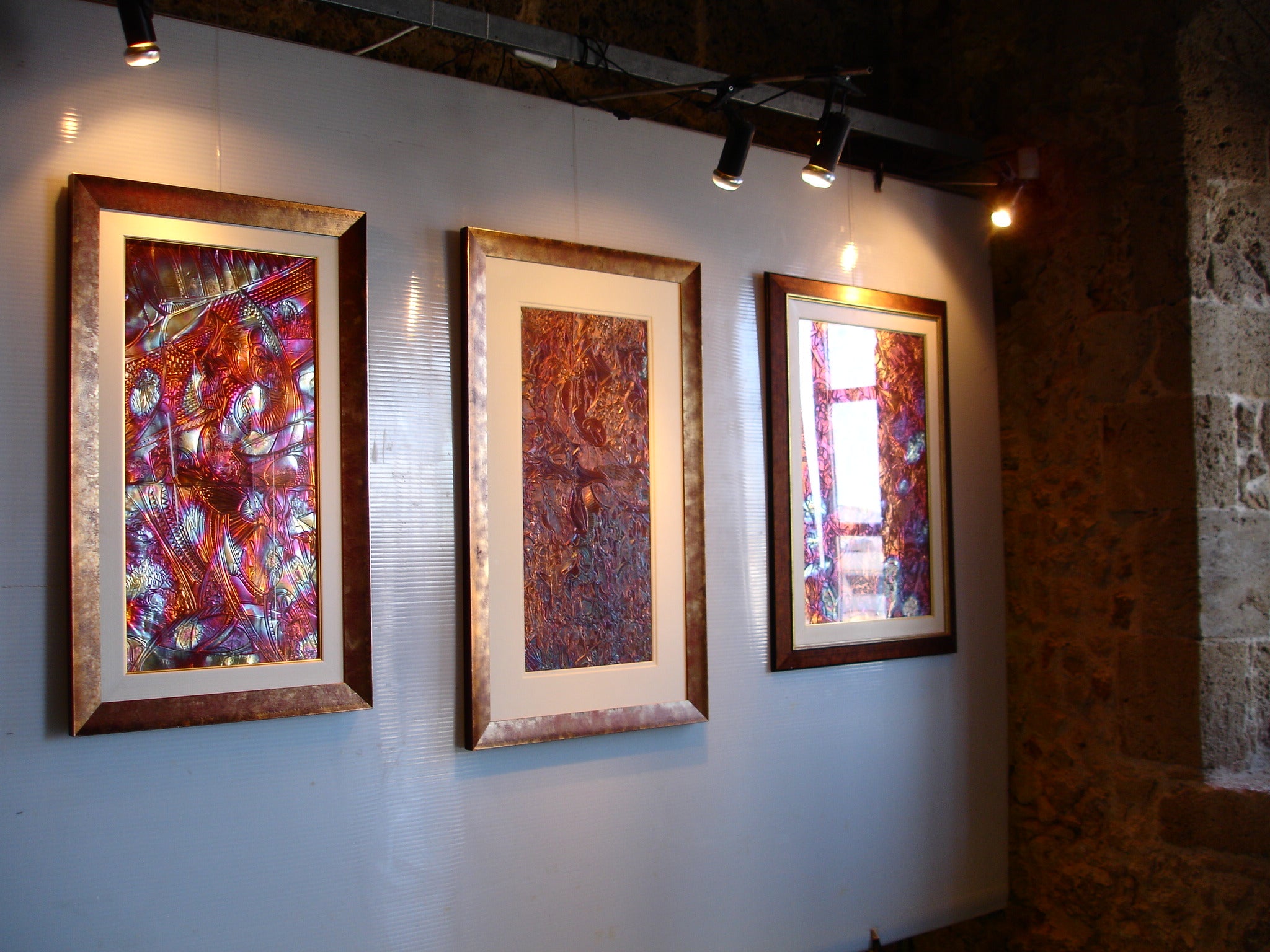

-
Bio
Born in Heraklion (Crete, Greece) in 1946, Kostis Dolapsis studied Architecture in Italy and Spain between the mid 60s and early 70s. During this period he was acquainted with renowned experts in Architecture and Applied Arts like Scarpa, Licatta, Manzu, Levi, De Felice, Guttuso, to name but a few. In Spain he had the chance to meet Dali, Miro and Victor D’Ors, Picasso, Kandylis, Provelegios and Xenakis, making this part of his life crucial for his artistic development and growth. At a later stage, he would meet the great master Constantine Andreou, who strongly influenced his architectural orientation and would become a close and dear friend and collaborator, continually supporting his works and exhibitions until his last days.
In Italy Dolapsis received awards for his systematic research in metals and the comprehensiveness of his synthetic choices. The artist has held numerous exhibitions in the last four decades: Palermo (Sicily), Como (Northern Italy), Le Sorgenti dell’Arte and The Fall of Candia (Crete), the National Museum of Fine Arts (Malta) or Aenaon Light (Hong Kong), which earned him the support of critics and art enthusiasts worldwide.
In the mid 90s, Dolapsis launched the Art and Innovation Centre in Crete with the aim of providing further support and solidity to the art of metal work and its future. The artist has spent 60 years experimenting with metals and has found innumerable ways to produce wrought images of superlative art forms. His work constitutes a unique universe in Metal Art, sculpture, drawing, painting, carving and mixed media compositions. He never fails to mention that he is the keeper of the Minoan art of metal processing and feels in perpetual communion with his ancestors when contemplating ways to harness fire to produce a range of chromatic variations on metals, emulating the Hubble telescope famous snapshots of stars at the moment of birth. Dolapsis has drawn his inspiration from Cretan History, particularly the period of Turkish occupation of the island, which started in 1669. His family tree straddles between the historical village of Sfakia and the Lasithi region, with a special place in his heart for the “Big Castle” (modern Heraklion), his birthplace and witness to most of his daily artistic and cultural activity
Shop artworks
These are the artworks available through this shop. Please contact us via email if you are interested in large or custom-made works.
-
A001 - Pythagorean Discourse
Regular price €900,00Regular price -
 Sold out
Sold outA002 - To my Friend
Regular price €1.100,00Regular price -
A005 - Geometric Lambda
Regular price €900,00Regular price -
A022 - Ideas
Regular price €800,00Regular price -
A021 - Search for Lambda on Green
Regular price €1.000,00Regular price -
A008 - The Fractal nebula
Regular price €700,00Regular price -
A009 - Lambda´s Reflection
Regular price €600,00Regular price -
A007 - Lambda in the Forest
Regular price €600,00Regular price -
A006 - Electronic Diagonal
Regular price €700,00Regular price -
A003 - Rethinking Lambda
Regular price €700,00Regular price
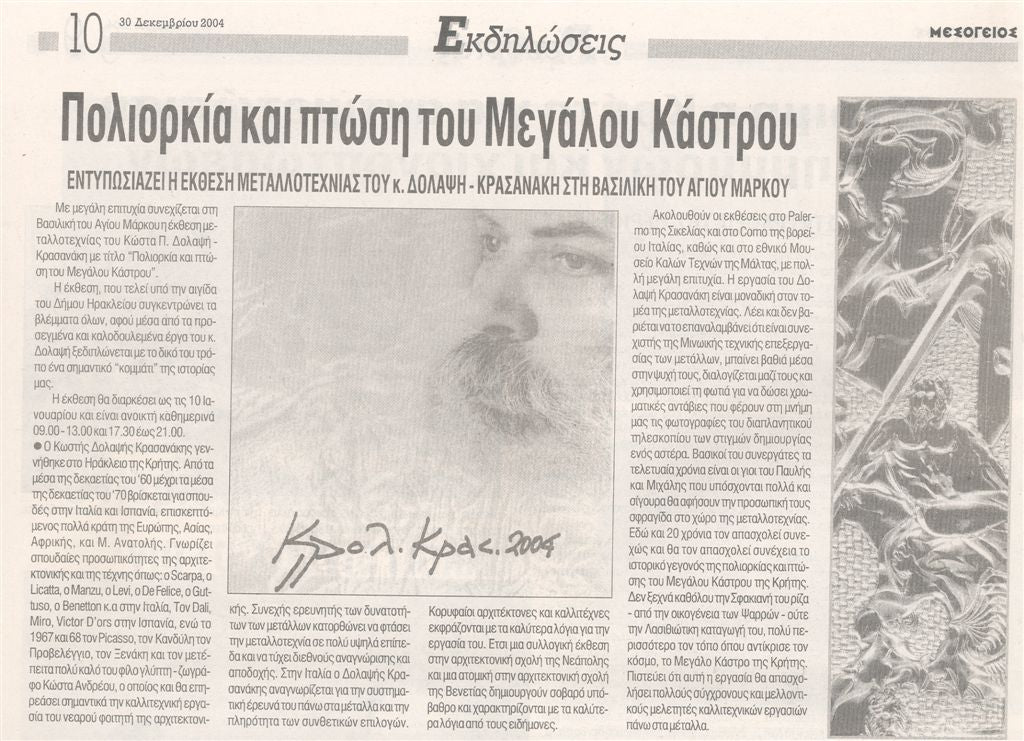

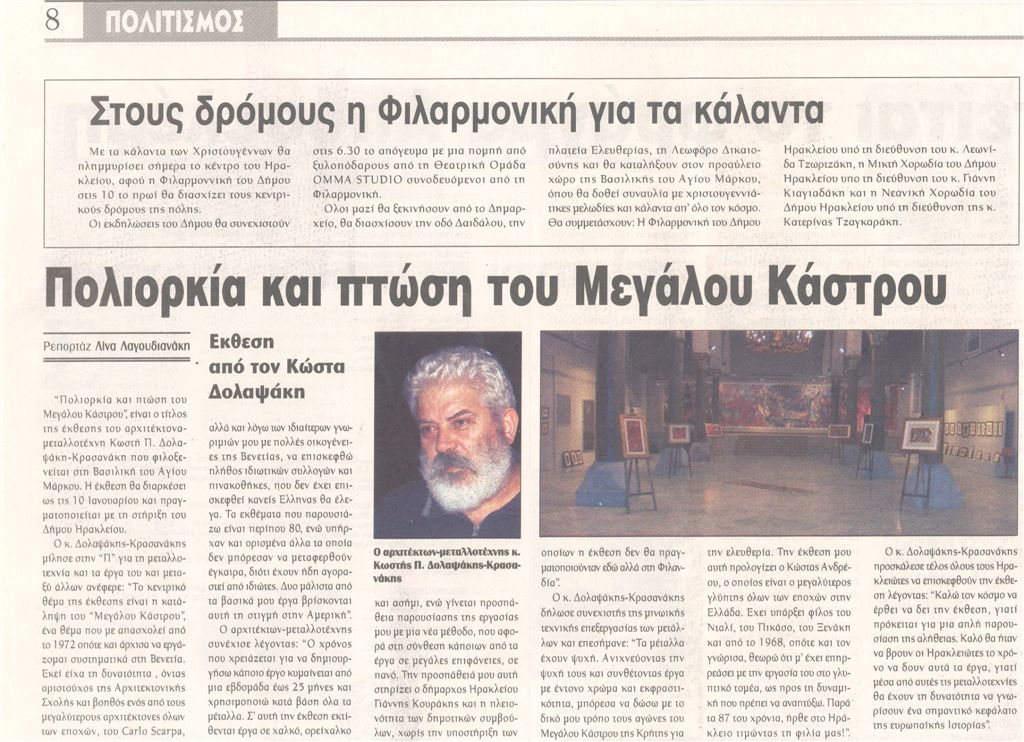

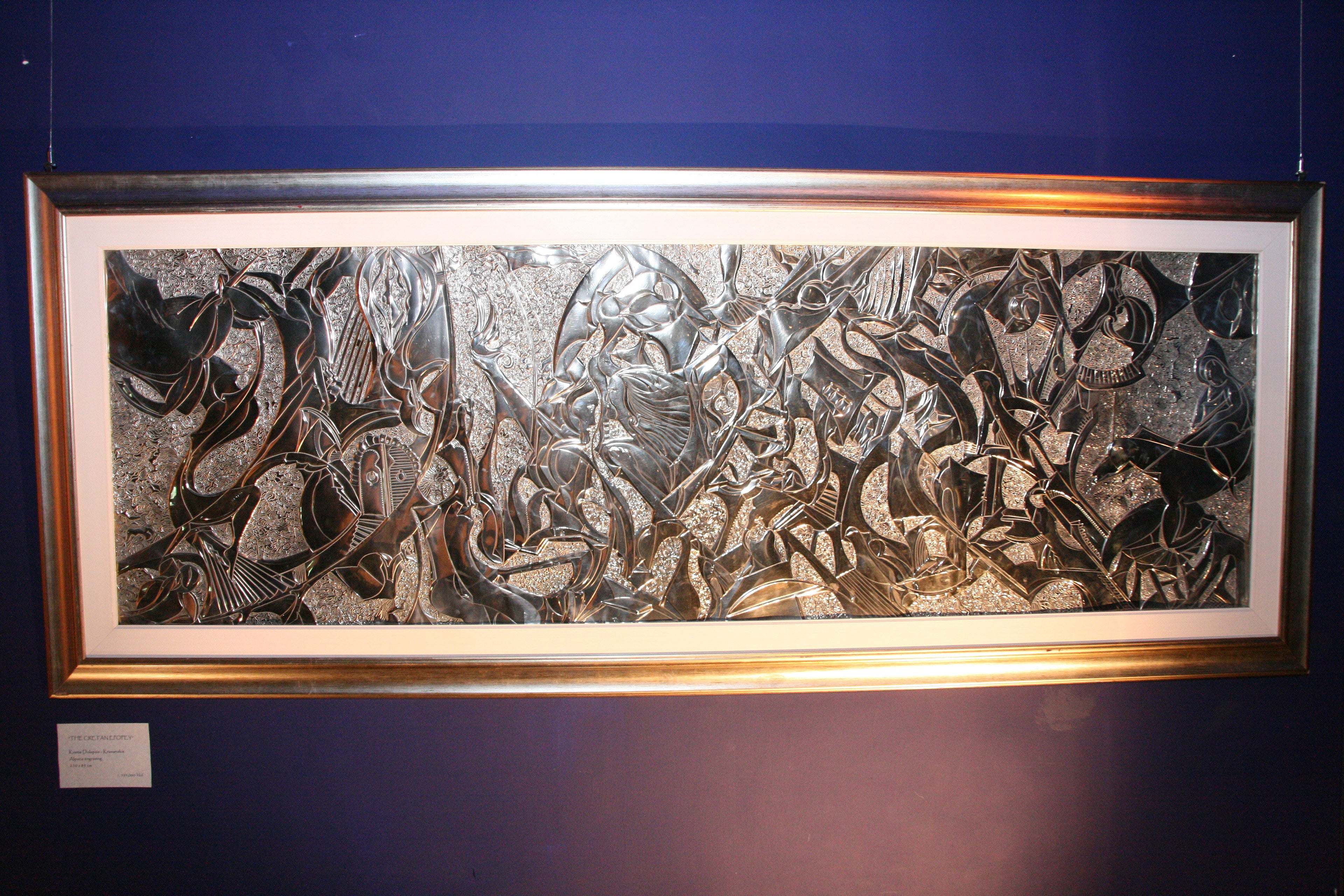
1
/
of
5
